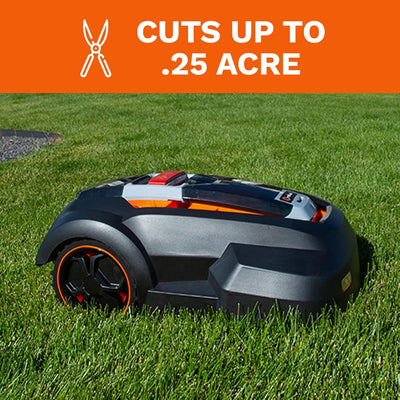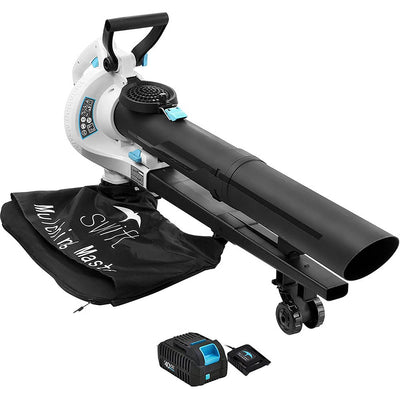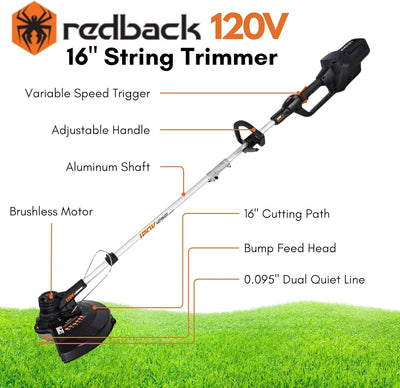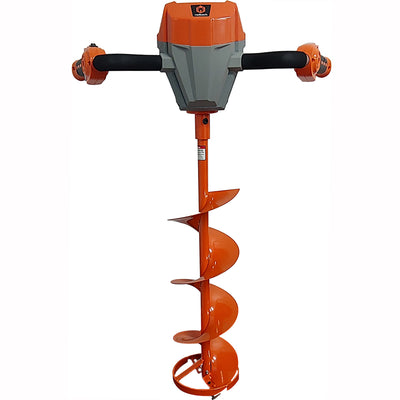Leaf Blower Safety Tips
Leaf blowers can be fantastic tools for keeping your yard tidy and clean. However, they still can pose safety risks if not properly used. While battery-powered leaf blowers are safer than gas ones, it is vital to take precautions. With autumn in full swing, reviewing some safety tips is more important than ever to ensure you can enjoy your leaf blower's benefits without putting yourself or others in danger.

Here are some essential leaf blower safety tips to help you use your tool confidently and safely.
Clothing And Safety Gear
Clothing and safety gear play a critical role in leaf blower safety. It is important to wear the proper clothing and protection to prevent injury from flying debris, dust, and noise. Before operating a leaf blower, wear safety gear to protect your eyes, ears, and lungs. Wearing closed-toe shoes, a long-sleeved shirt, and long pants can also prevent debris and dust from getting on your skin. Loose-fitting clothing and jewelry should be avoided as they can get caught in the leaf blower's moving parts and cause serious injury. By wearing appropriate clothing and safety gear, you can protect yourself and others around you from potential harm.
Area Clear Up
Debris, rocks, or other objects could become projectiles and cause injury. Walk through the area and check for hazards that could harm the leaf blower's airflow or cause accidents. If you find any, clear the area of any obstacles, such as toys, garden hoses, and electrical cords, which can cause tripping and falling hazards. Also, be cautious when using a leaf blower near windows, cars, or other fragile items, as the airflow can cause damage.
Tool Safety
Checking the leaf blower is essential to ensure its safety and efficiency. Before using a leaf blower, check its condition, including the air filter, to see if it is clean and debris-free. If you are using a cordless blower, check the battery level and fuel level for the gas-powered. Running out of fuel or battery while doing the job is inconvenient. Also, inspect the leaf blower for any loose or damaged parts, such as bolts, screws, and covers, and repair or replace them as needed. Refer to the manual or guide included in your tool for more detailed instructions. A well-maintained leaf blower is less likely to malfunction or cause accidents, providing a safer and more efficient experience.
Right Technique
The correct technique for blowing leaves and debris is crucial to ensure leaf blower safety. When using your leaf blower, it is essential to direct the airflow away from yourself and others and any delicate items or structures nearby. Keep the nozzle safe from people, pets, and windows, and avoid blowing debris towards them. When blowing leaves and debris, start from the outer edges and work your way inward, using a sweeping motion to push them into a pile. Be cautious when using a leaf blower on slippery or wet surfaces, as it can be challenging to maintain your balance. Also, avoid using a leaf blower in windy conditions, as it can make it harder to control the airflow and cause debris to fly in unpredictable directions.
Storage
Storage is an important aspect of leaf blower safety that is often overlooked. After using a leaf blower, storing it safely and securely is crucial to prevent accidents and damage. When storing a leaf blower, turn it off, let it cool down, and disconnect it from the power source. Store it in a dry and secure place, away from children and pets, and protect it from moisture, dust, and extreme temperatures. Always follow the manufacturer's instructions for storing the leaf blower, including any maintenance or cleaning procedures. By storing the leaf blower correctly, you can prolong its lifespan and ensure it is ready for the next use without posing any safety risks to you or others.






